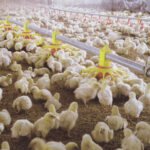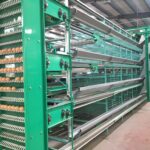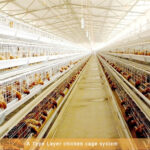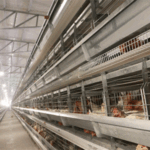Importance of humidity in poultry houses of farms to chickens
When the number of chickens raised is relatively large, they will be raised by using breeding equipment, especially with the continuous development of current breeding equipment. It is very important to provide a good growth environment for chickens, whether in layer chicken cages or battery cage for broilers, so as to raise chickens well and bring economic benefits to farmers.
We all know that what a chicken coop is is also very important to chickens. Air humidity is a physical quantity that indicates the degree of humidity in the air. It is usually expressed by relative humidity, which refers to the ratio of actual water pressure in the air to saturated water pressure at the same temperature, expressed as a percentage. For chickens, the appropriate relative humidity is 50%-70%, lower than 40% is low humidity, and higher than 80% is high humidity.
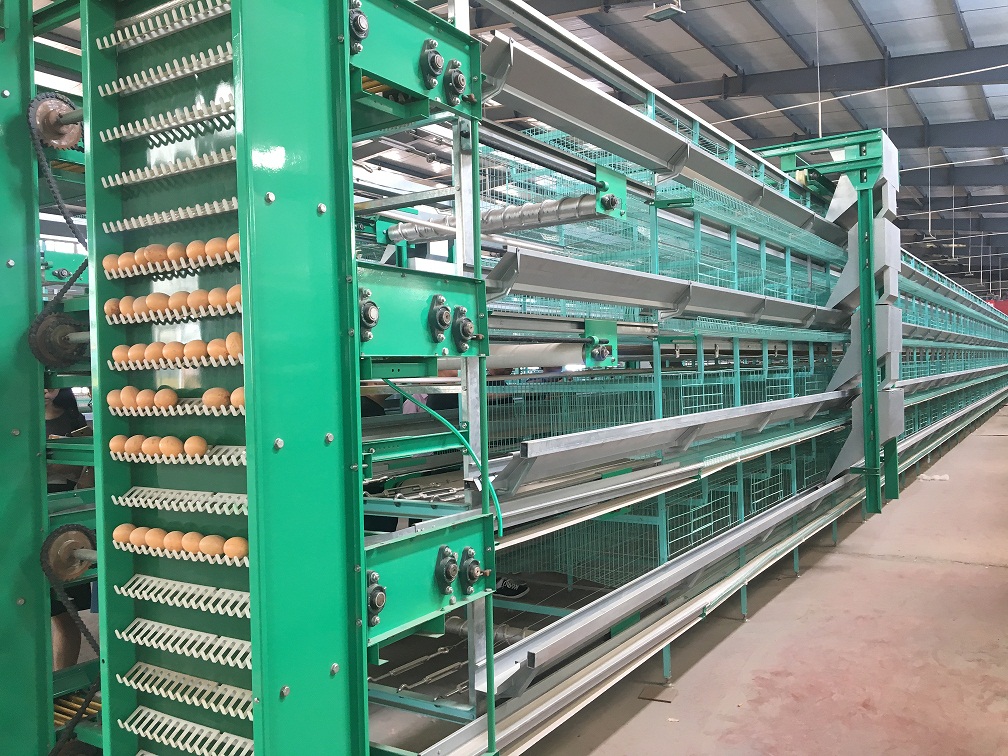
Regarding the reasonable adjustment of humidity in chicken coops, the normal breeding environment in chicken coops should be high before and low after, but in actual production, many chicken farms are on the contrary, low before and high after. Early stage humidity is low, and chickens are prone to respiratory diseases. Through a large number of clinical observations, the occurrence of gasbag inflammation and bronchial congestion has a very large relationship with the low humidity in the early stage of the chicken house. Therefore, the relative humidity in the brooding period should be maintained at 65%-70%. Under normal circumstances, the respiratory tract of chickens is moist and covered with a layer of ciliated epithelium with mucus. When most dust particles enter the respiratory tract, they are absorbed by cilia in the upper respiratory tract, and the chicken body discharges the dust out of the body through cilia swinging to prevent microorganisms from entering the body. When the air is dry, the wetting degree of respiratory tract mucosa decreases, which inhibits the motor function of ciliated epithelium. In addition, a large amount of dust in the house is increased due to dryness, and various microorganisms enter alveoli and airbags together with dust through respiratory tract. In serious cases, the ciliated epithelium falls off and the mucous membrane is cracked, thus pathogenic microorganisms can directly invade the blood, causing the occurrence of respiratory diseases in chickens.
The relative humidity in the poultry farming equipment has a greater influence on the virus than the temperature. The reason for low humidity is that the ventilation system is not properly controlled and the ventilation volume is too large, which takes away the water vapor in the house and reduces the relative humidity of the air. These are the key points of humidity for chickens in chicken houses, hoping to help farmers.

